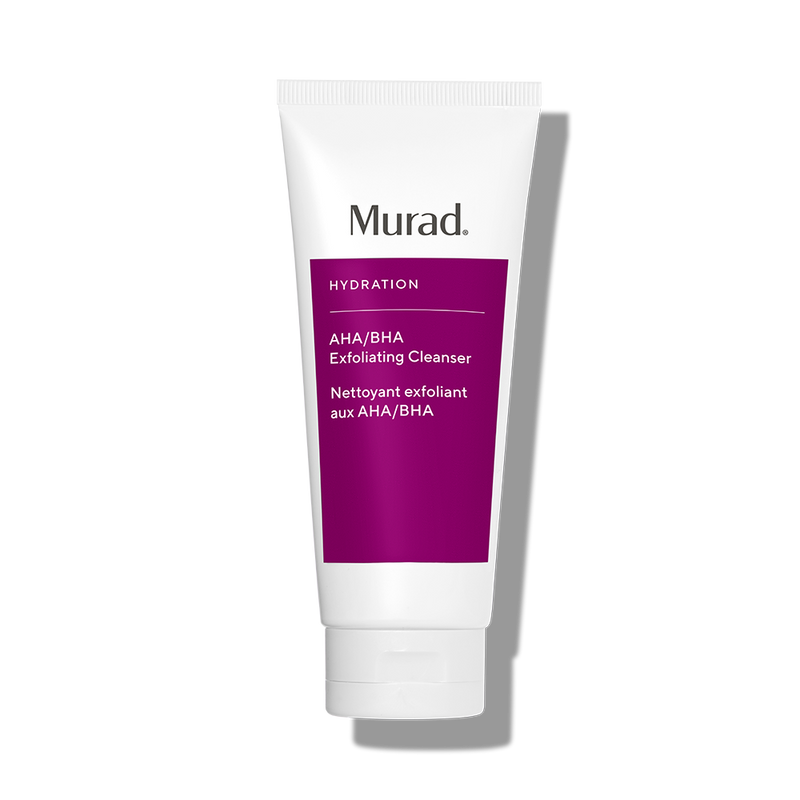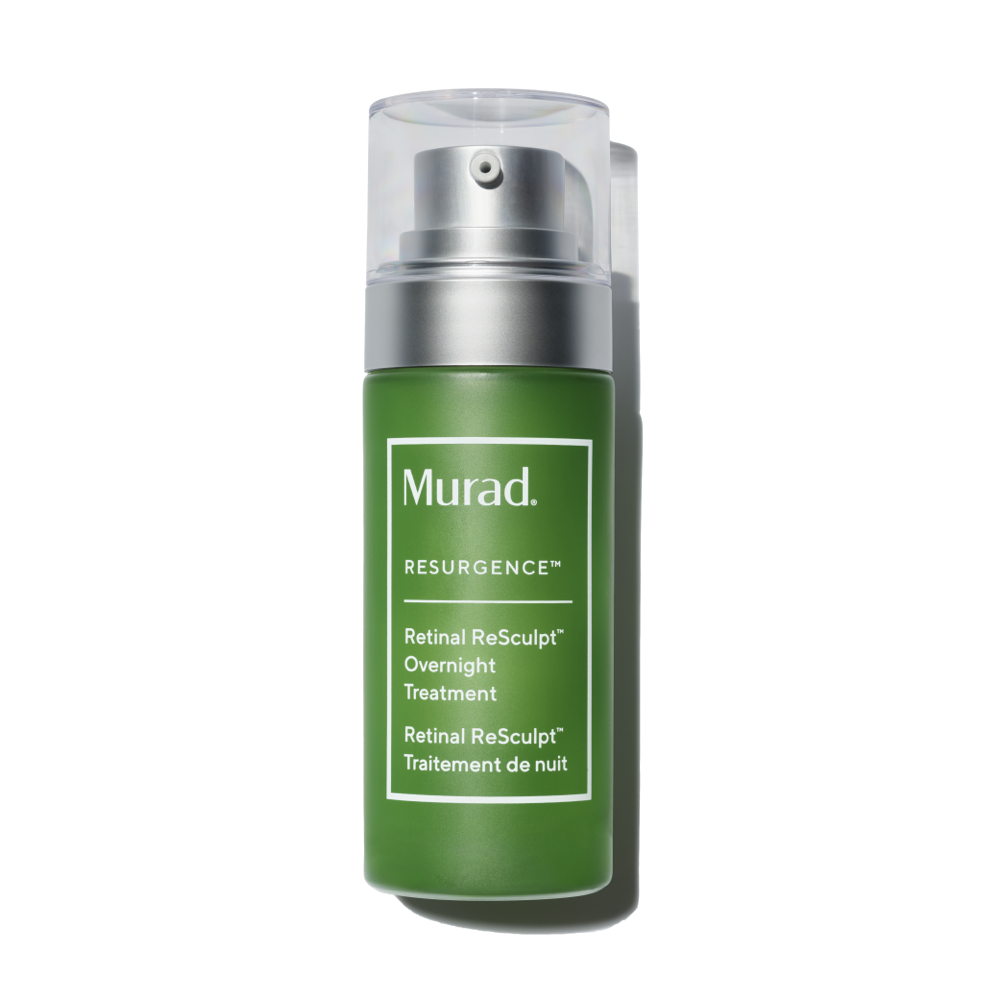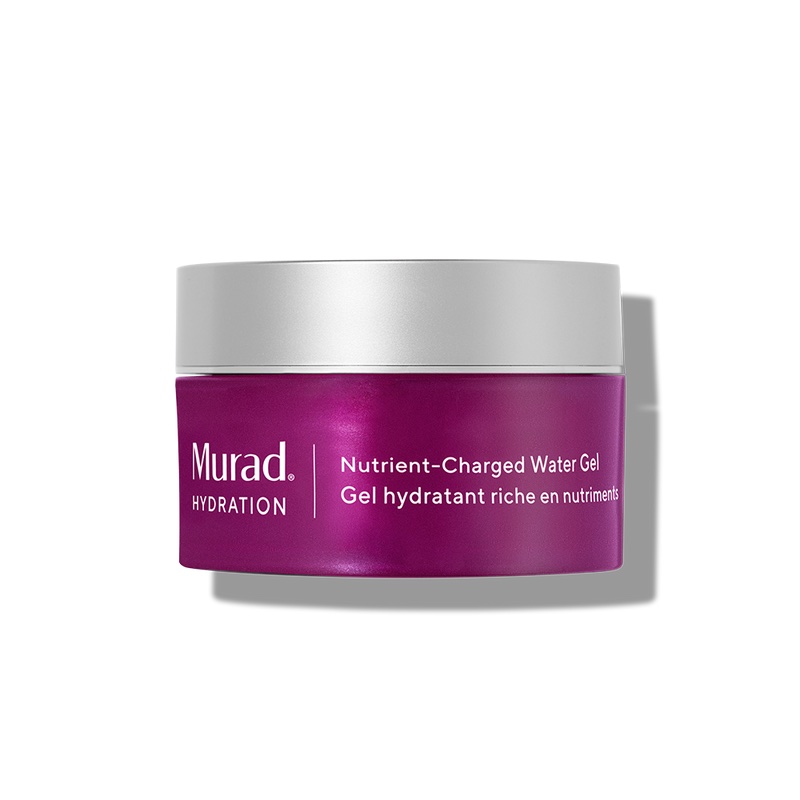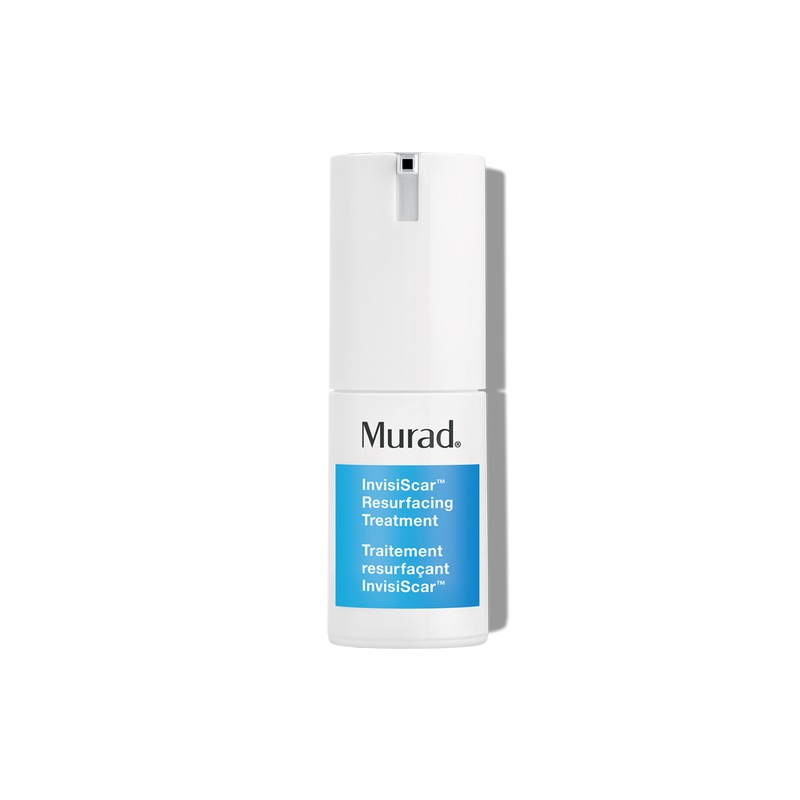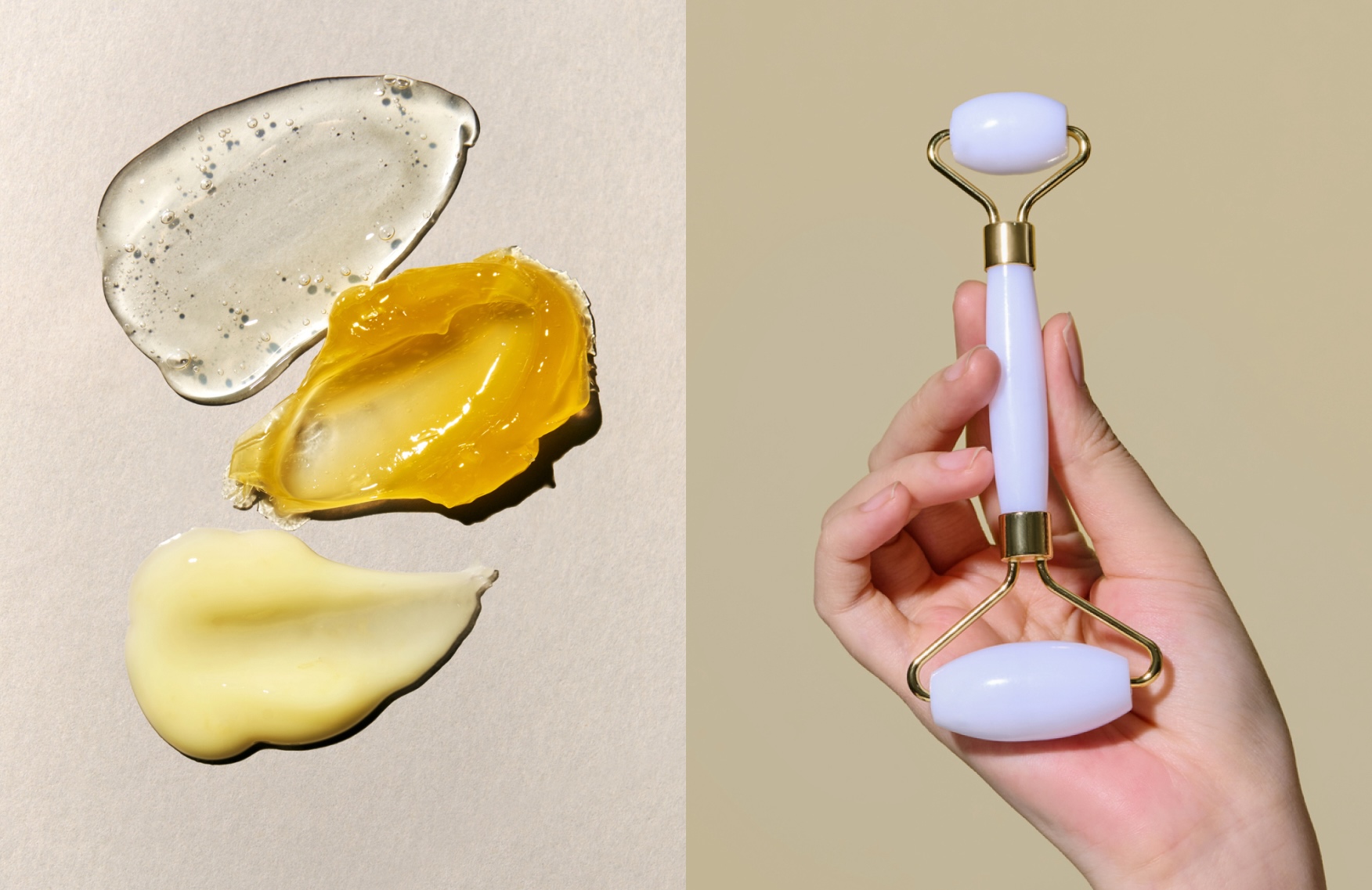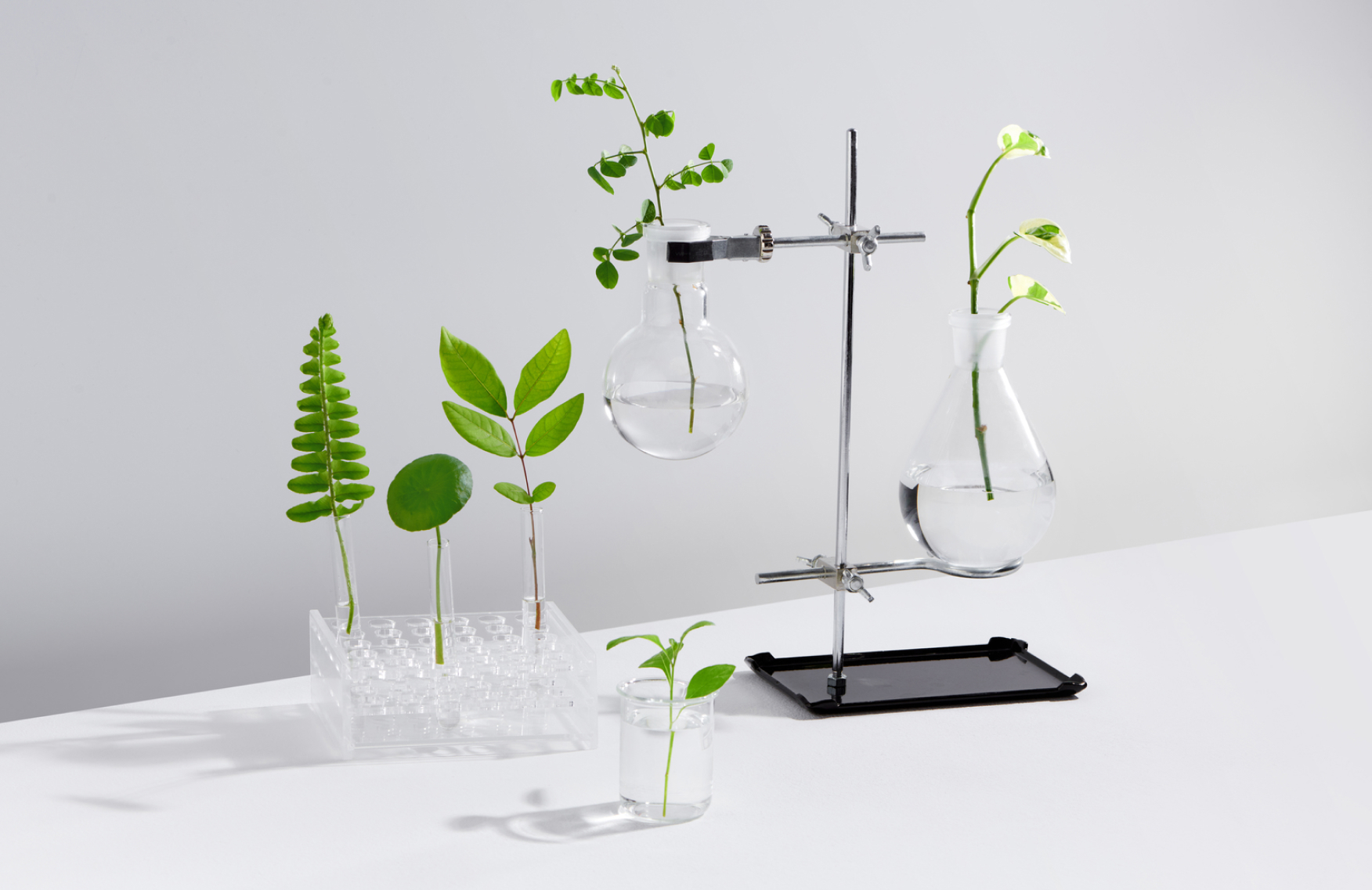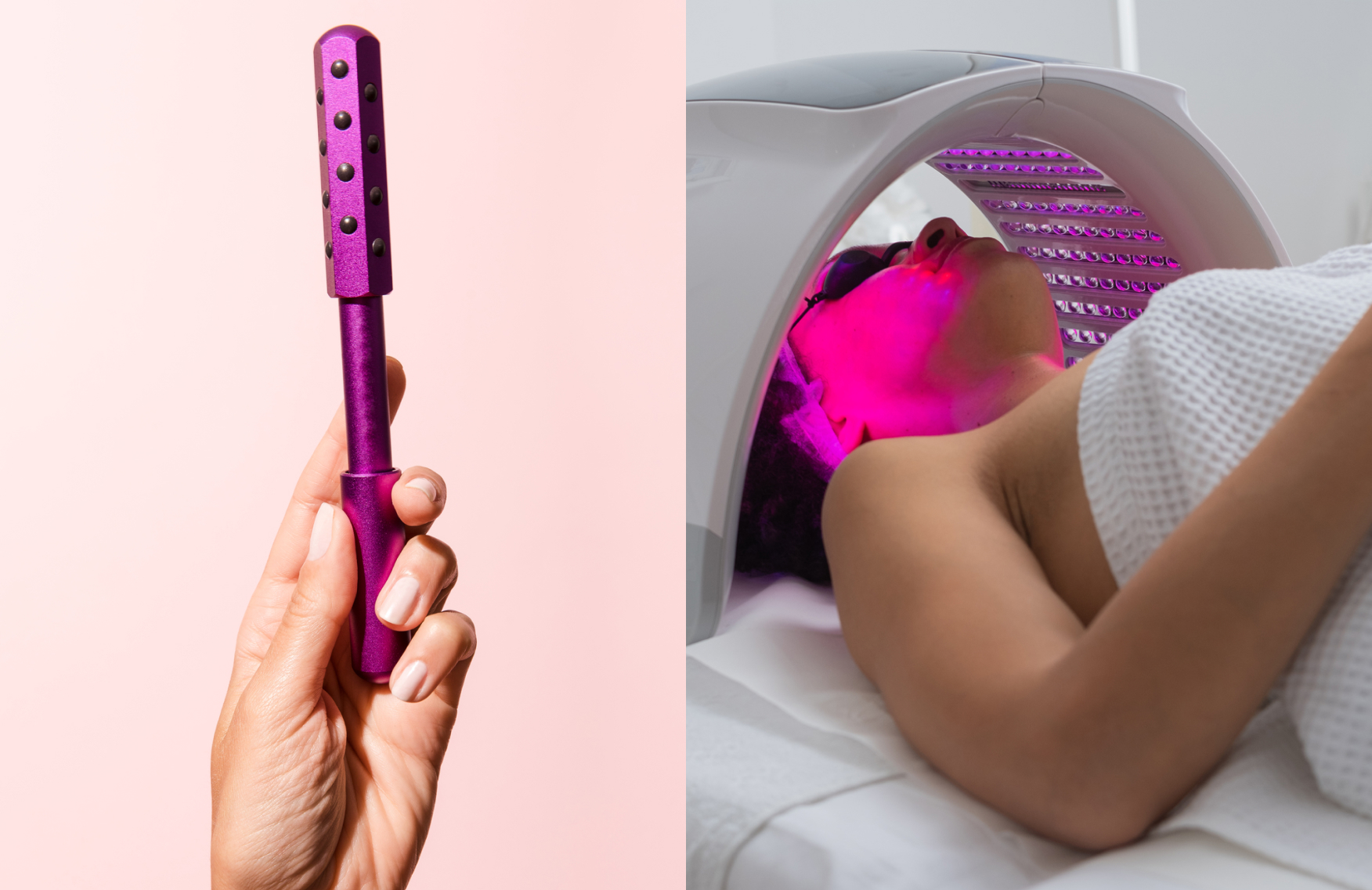Little white bumps on your face that won’t go away? Here’s how to tackle them once and for all
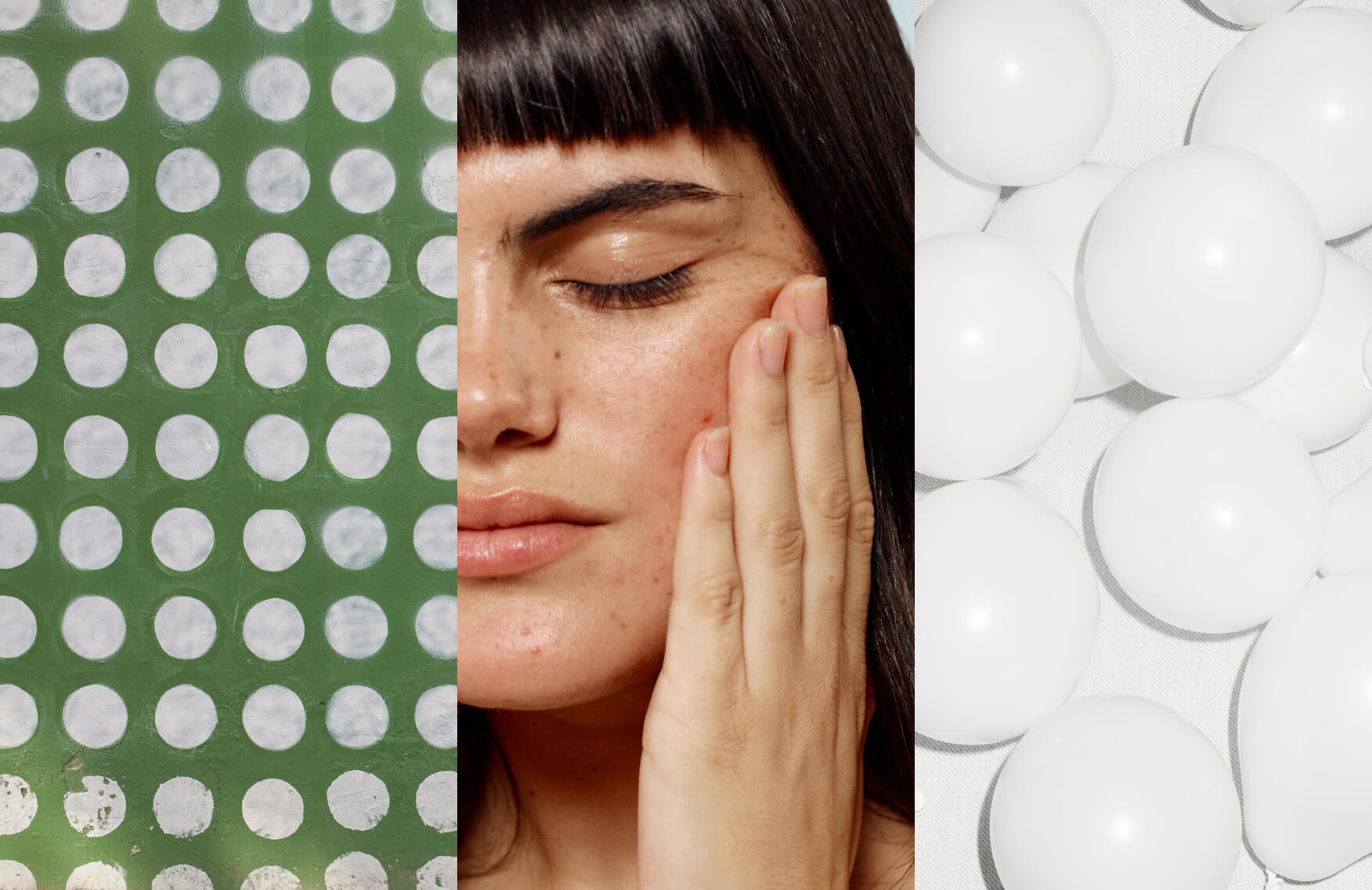
Real talk: Your skin may manifest some random things from time to time that make you go, WTF? For instance, waking up with pillow lines on your face. Another example? Milia. You know those pesky firm, whitish-yellow bumps that typically show up around your cheeks and eyelids and never seem to go away. Milia, not to be confused with whiteheads, which are a form of acne, are small superficial cysts that are created when dead cells get trapped in a pore and start accumulating, explains Brendan Camp, MD, a double-board certified dermatologist at MDCS Dermatology in New York. The good news is there are things you can do to treat milia so they don’t put a damper on your complexion. Read on for derm-approved tips below.
First off, as tempting as it may be to mess with or pop blemishes that show up on your skin (we’re looking at you, pimples), file that under things not to do. “This can put the skin at risk of infection, scarring or discoloration,” Dr. Camp explains. In other words, messing with milia can only make things worse, so leaving them alone is best.
To prevent milia from popping up in the first place, having a solid skincare routine is key. Washing your skin is, of course, of utmost importance in any skincare routine. Dr. Camp recommends doing so twice a day to help remove the excess oils and dead skin that accumulates within milia.
In addition to washing your face regularly, Dr. Camp also advises making gentle exfoliation a part of your skincare routine. To do so, he recommends using a warm, wet compress to gently exfoliate the skin two or three times a week, which will facilitate the skin’s natural shedding process.
For prevention purposes, adding a retinoid into your routine is another way to go. Here’s why: “Using a retinoid may regulate cell turnover and limit the formation of blocked pores,” Dr. Camp says.
“Milia are difficult to treat at home because it is often difficult to dislodge the cyst contents,” Dr. Camp says. So if gentle exfoliation and using retinoids regularly aren’t getting the job done at getting rid of or reducing the appearance of milia (or you just want to speed up the process), the next step is to book an appointment with a dermatologist for an in-office treatment, particularly extractions. “In an extraction, a small opening is made above the milia, and then a tool is used to pop it out.”
Not into the idea of getting extractions? Electrodesiccation is another in-office milia treatment option. “Smaller milia lesions can sometimes be treated with electrodesiccation, in which an electric current is applied to the milia to dry it out and turn it into a scab that later falls off,” Dr. Camp says. Ask your dermatologist if they recommend this treatment for your particular milia case. And when in doubt, remember a good skincare routine with gentle exfoliation can help keep milia at bay.
The views expressed in this article do not necessarily represent the views of Murad, and are for informational purposes only, even if the advice of physicians and medical practitioners are included. This article is not a substitute for professional medical advice, diagnosis or treatment, and should not be considered specific medical advice.
